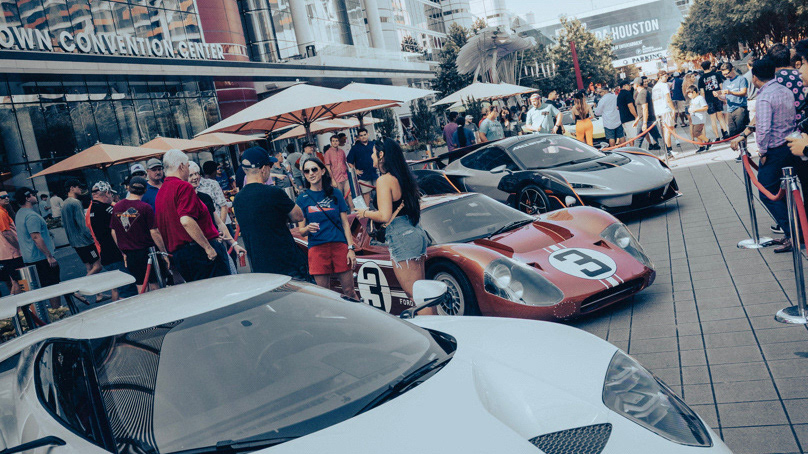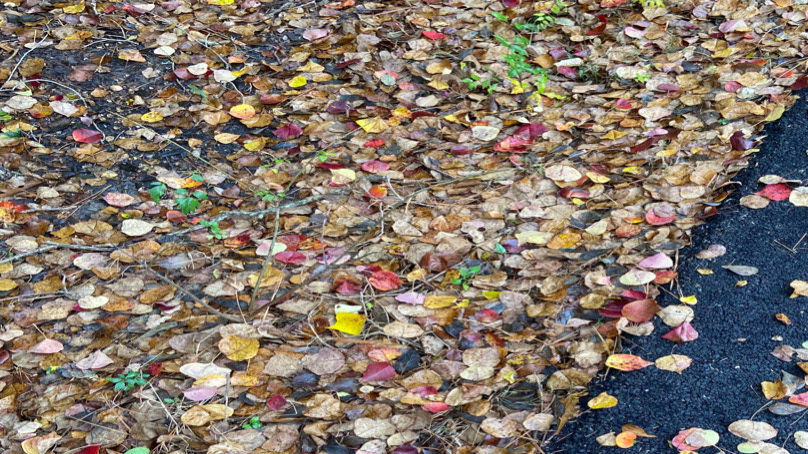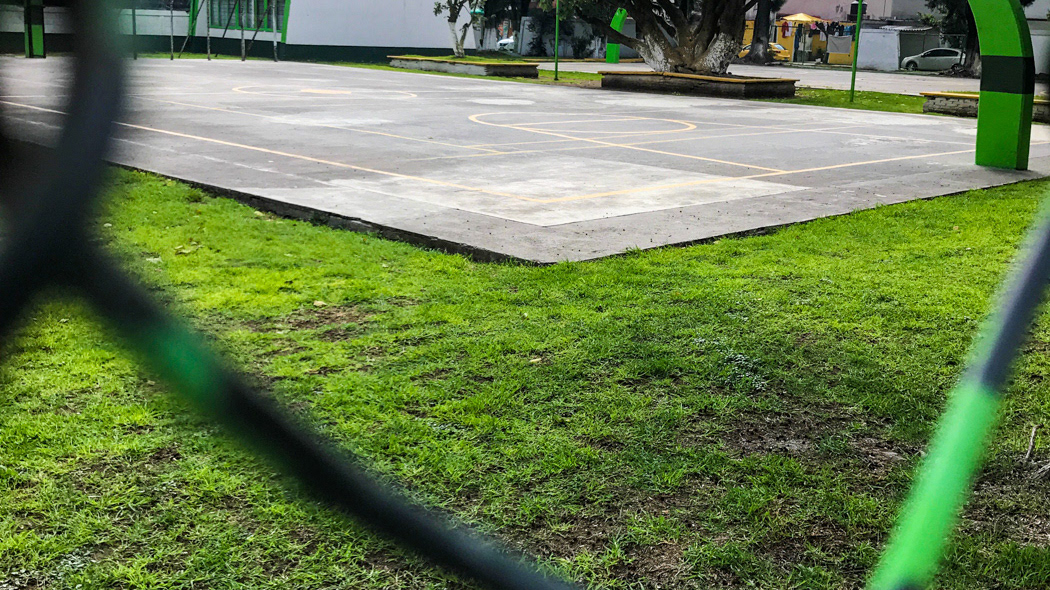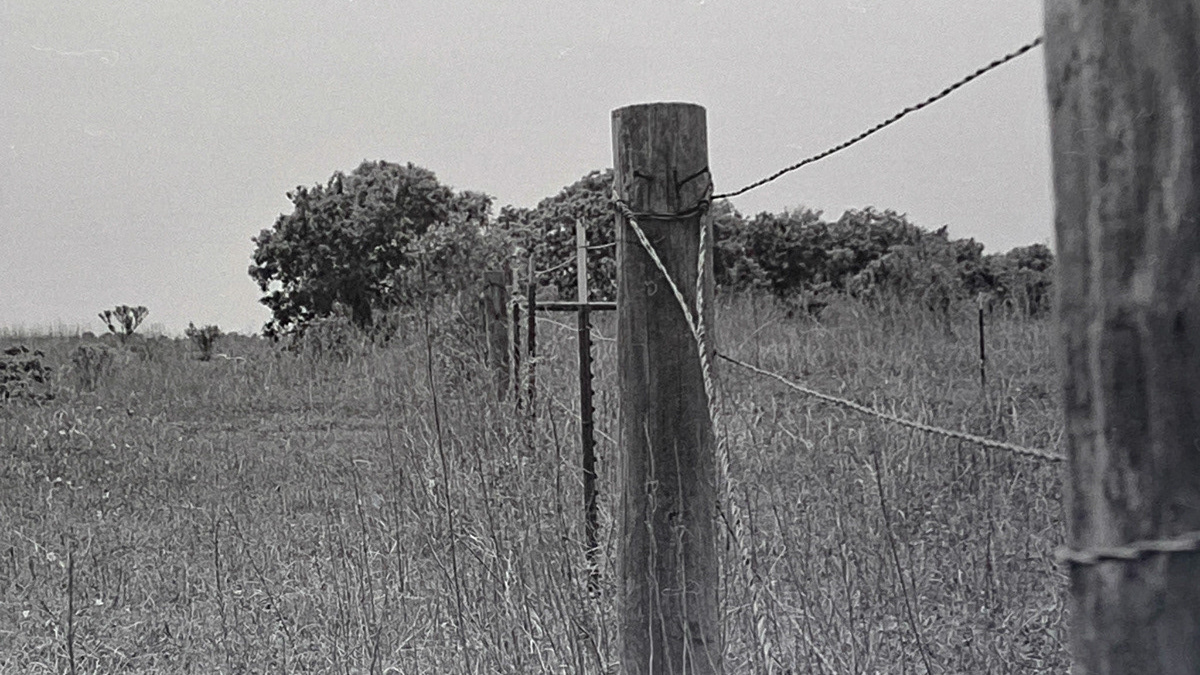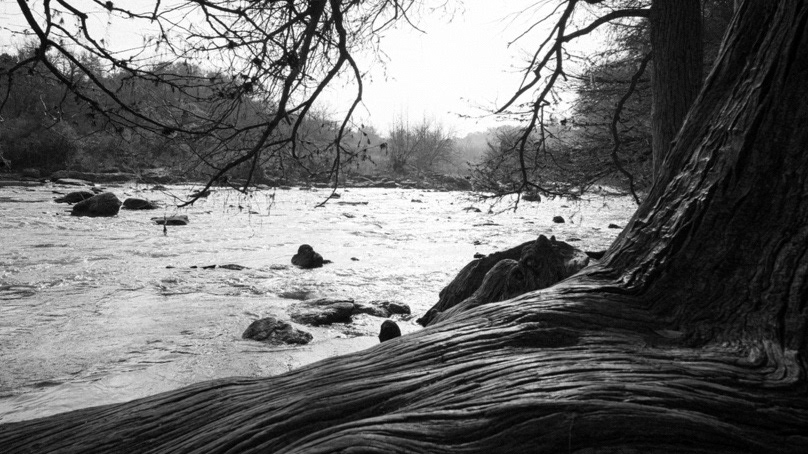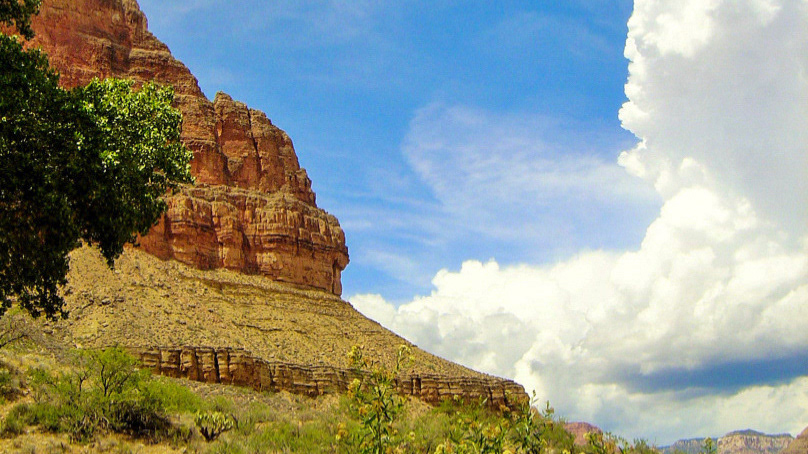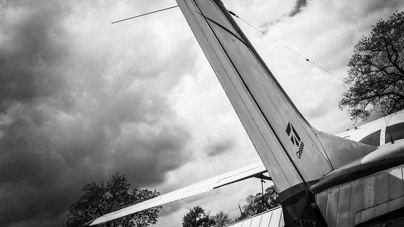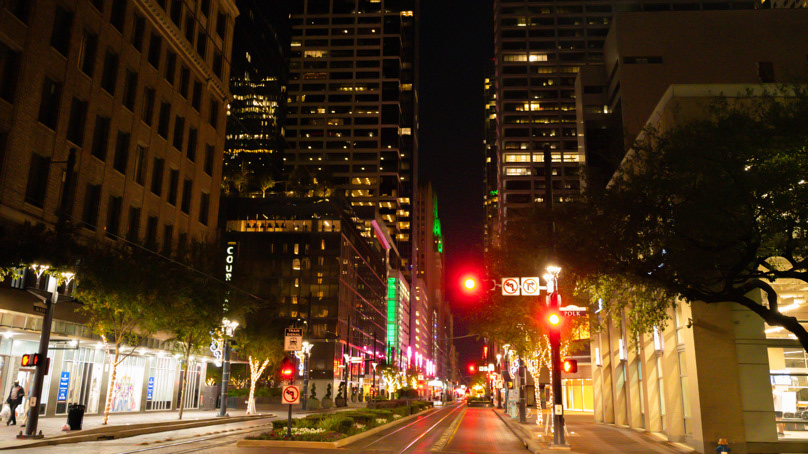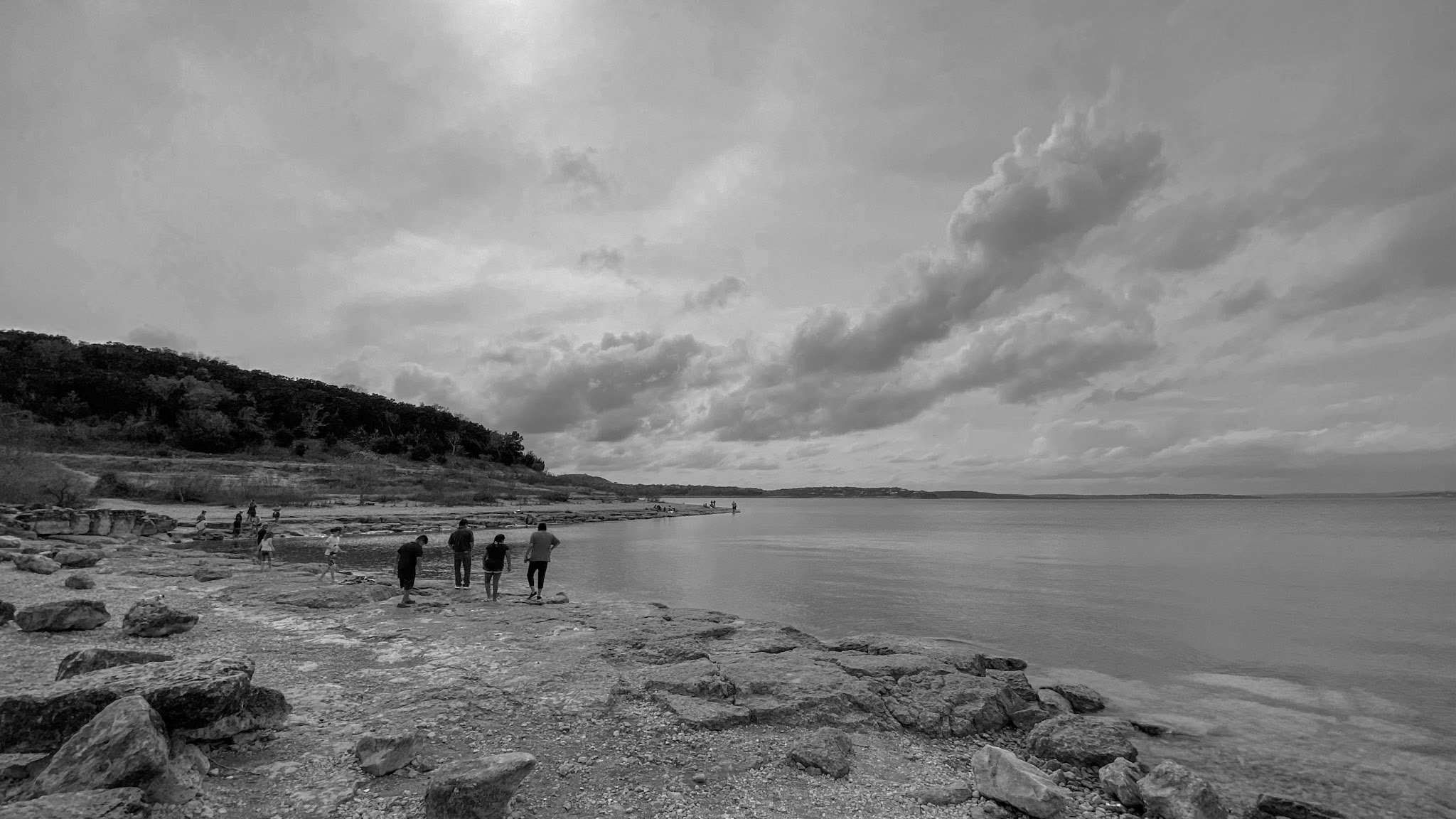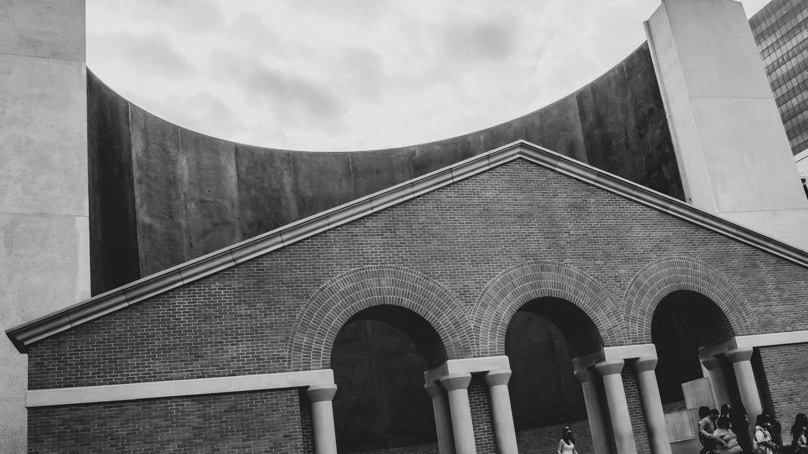My father gave me his old Canon T70 SLR, which he had ever since 1985. He never really used it that much, and when he did, it was not to its full potential. To a kid this camera was huge. Now that I am much older, and have possessed a Nikon DSLR, this Canon T70 seems so tiny in comparison. The lenses that he had were not as big as I remembered them to be.
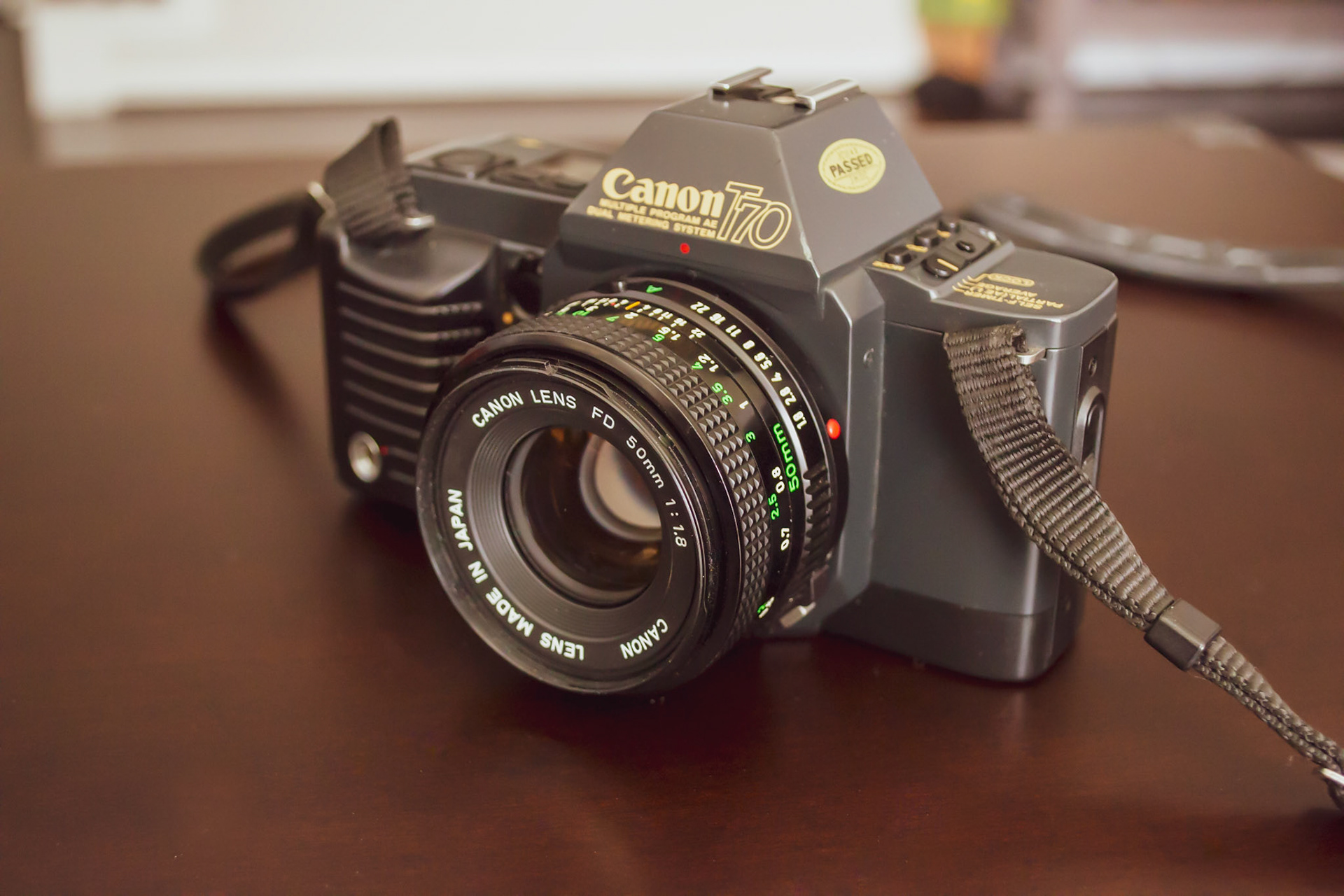
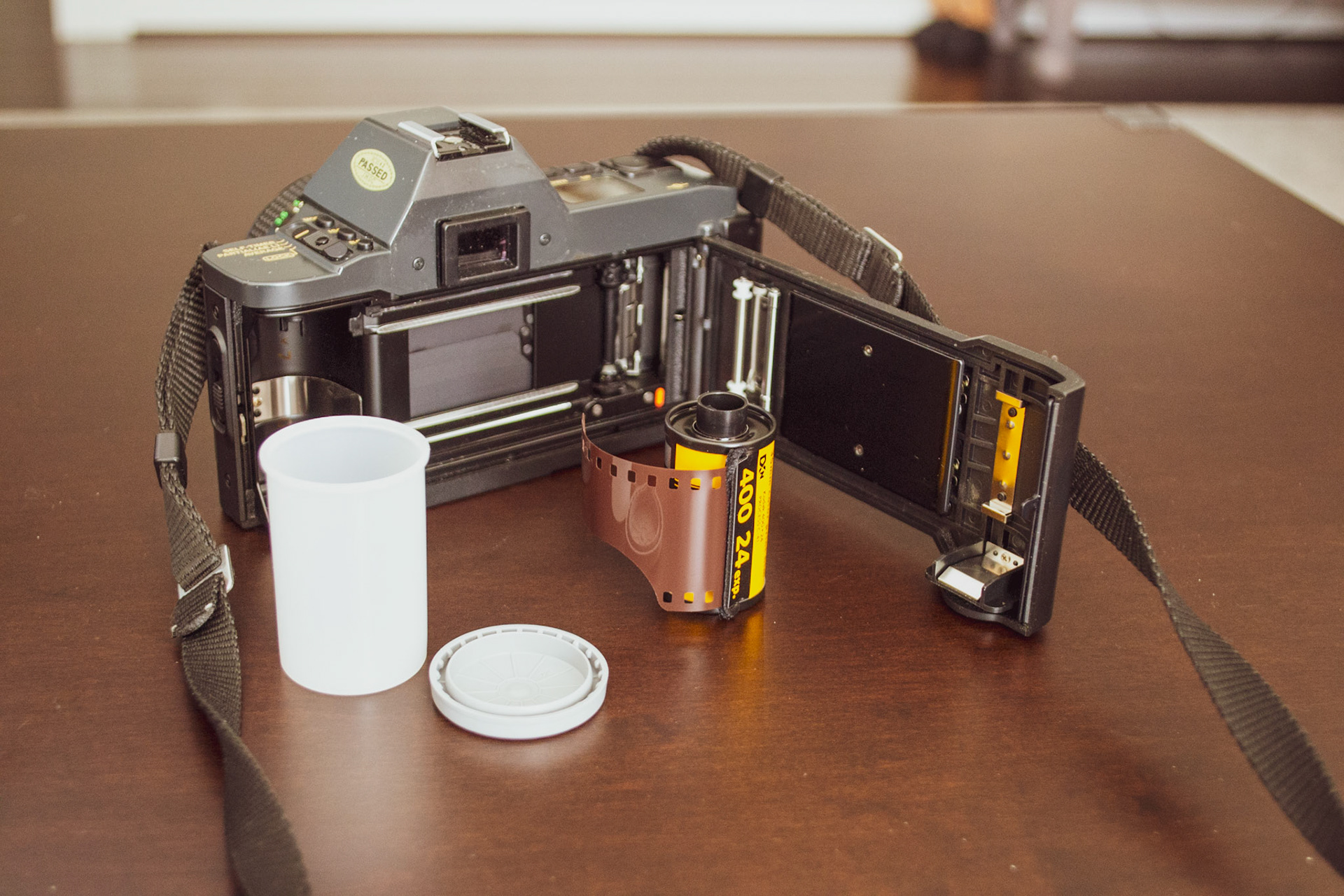
Canon T70 and film
"What am I suppose to do with this?" I thought to myself. I can't remember the last time I had a role of film developed. Do they still develop film these days? Now that I think of it, I don't remember seeing those machines at Walgreens or CVS lately that were used for processing the film. Everything is digital now. Would I have to mail the rolls of film somewhere and wait days or weeks for them to be developed? I didn't want to wait that long if that was the case.
I have always wanted to know how film was processed, and with the time available due to the lockdowns I had the opportunity to get some hands on experience. I remember seeing movies where the main character was processing rolls of film in a "dark room" with red lighting. In Ghostbusters 2, Dan Akroyd and Harold Ramis were developing the photos of the evil villain, Vego, prior to the room going up in flames. I now wanted to know how this was done.
After viewing videos on YouTube, I soon realized that there is a difference in how to develop black and white film, and color film. So far, I have developed two roles of color film and here is what I have come up with. I used my Nikon DSLR to capture the same scenes as the Canon and here are the comparison results. The left side contains the film photos and the right are from the DSLR.
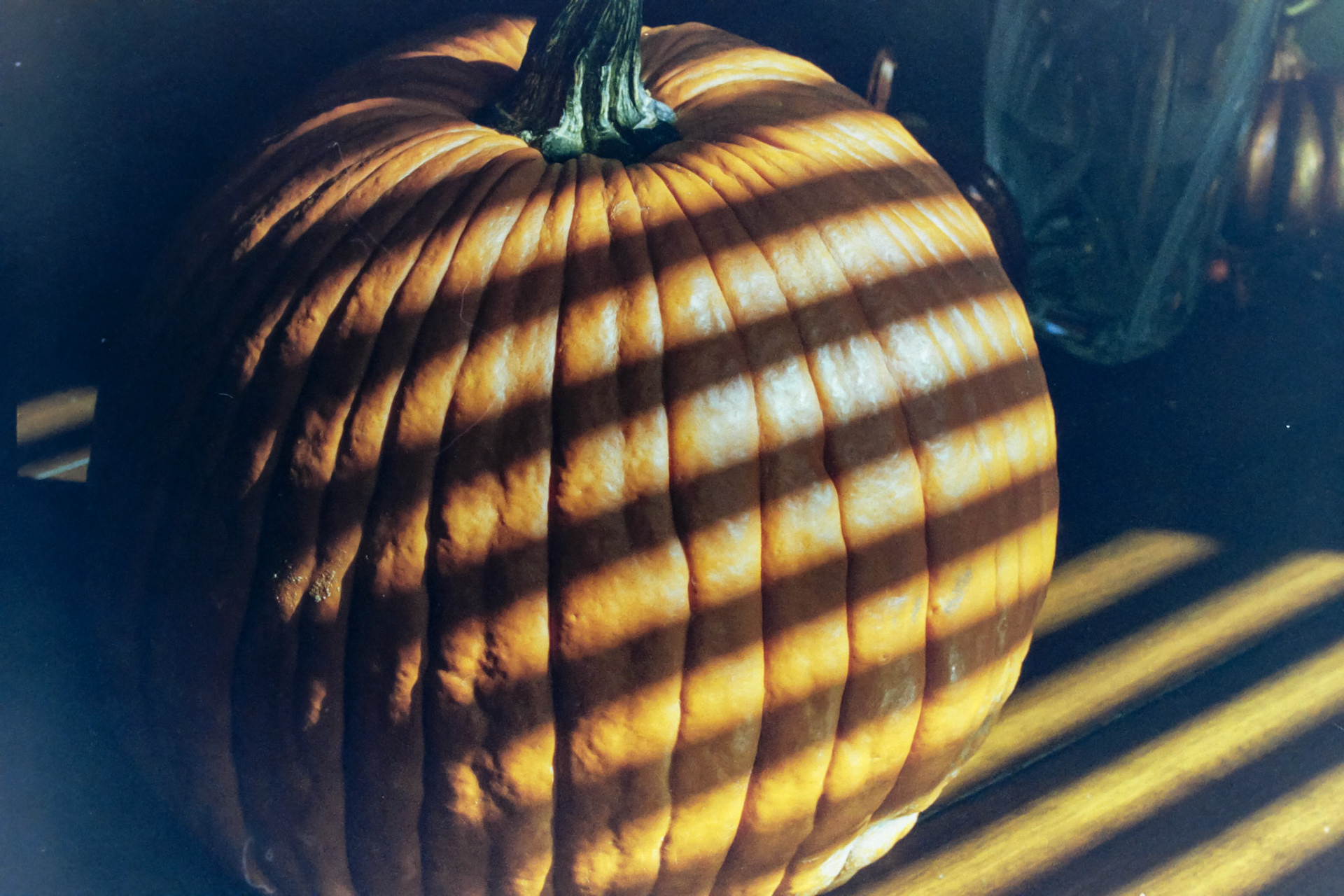

Pumpkin lines


Red roses
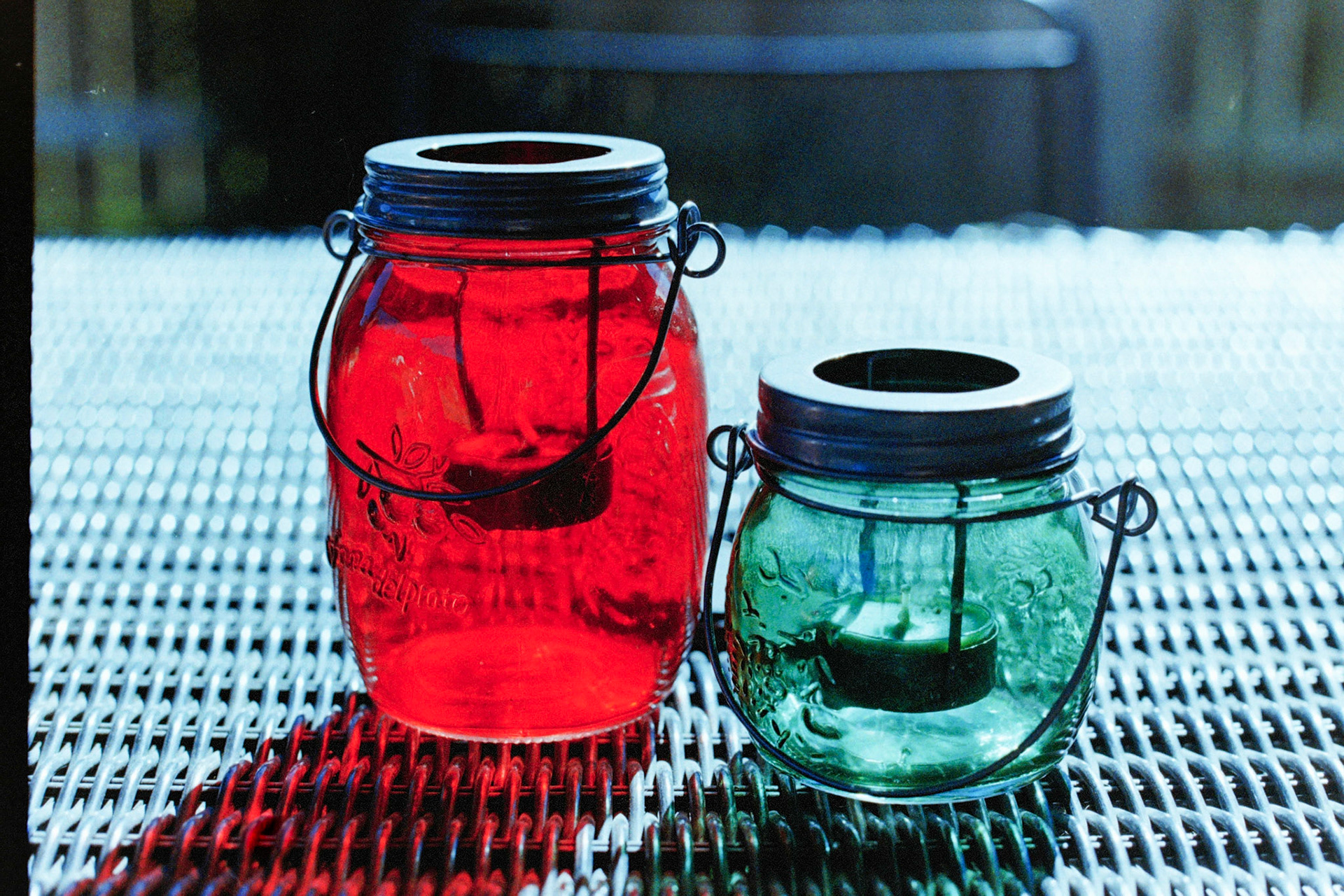
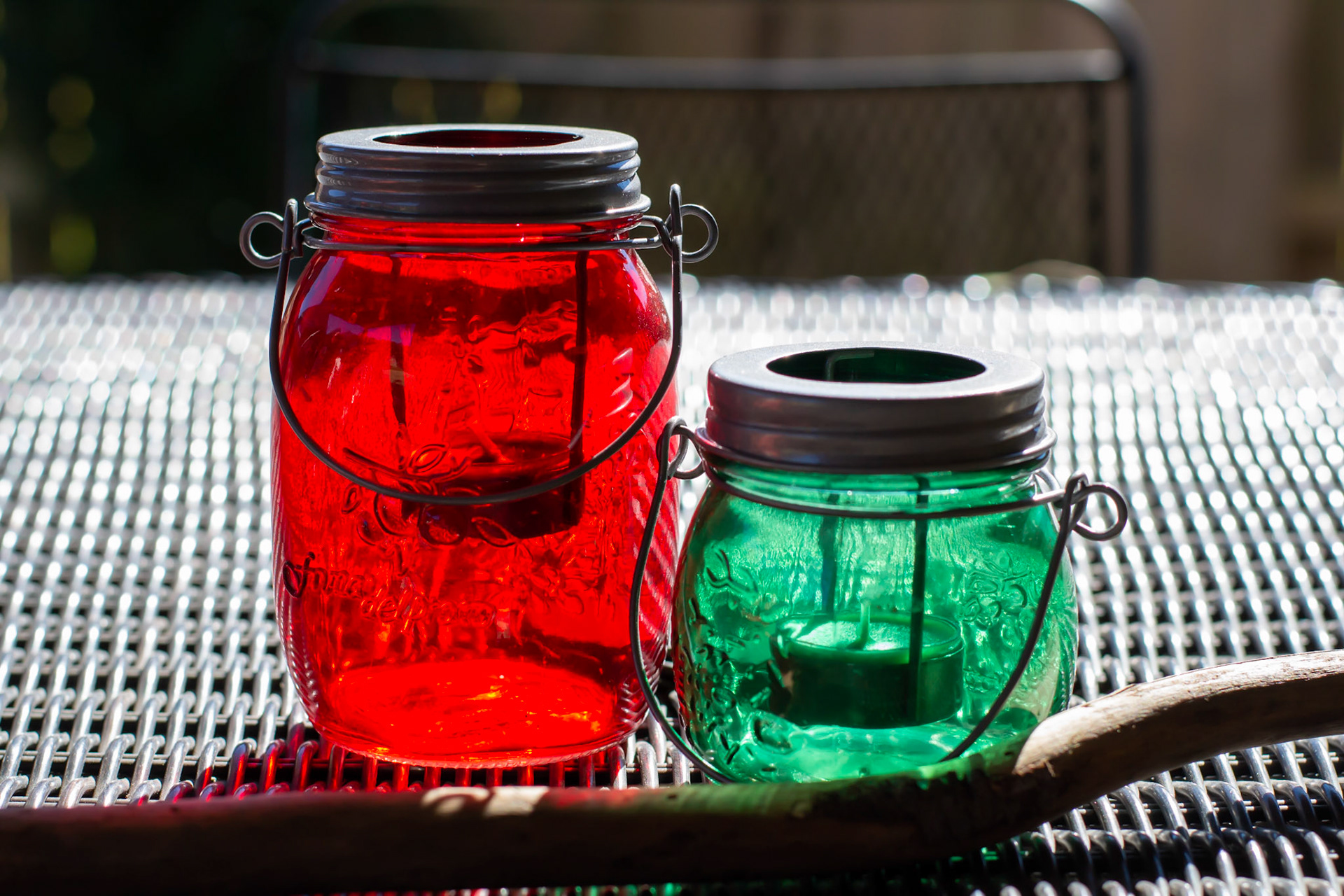
Holiday mason jars

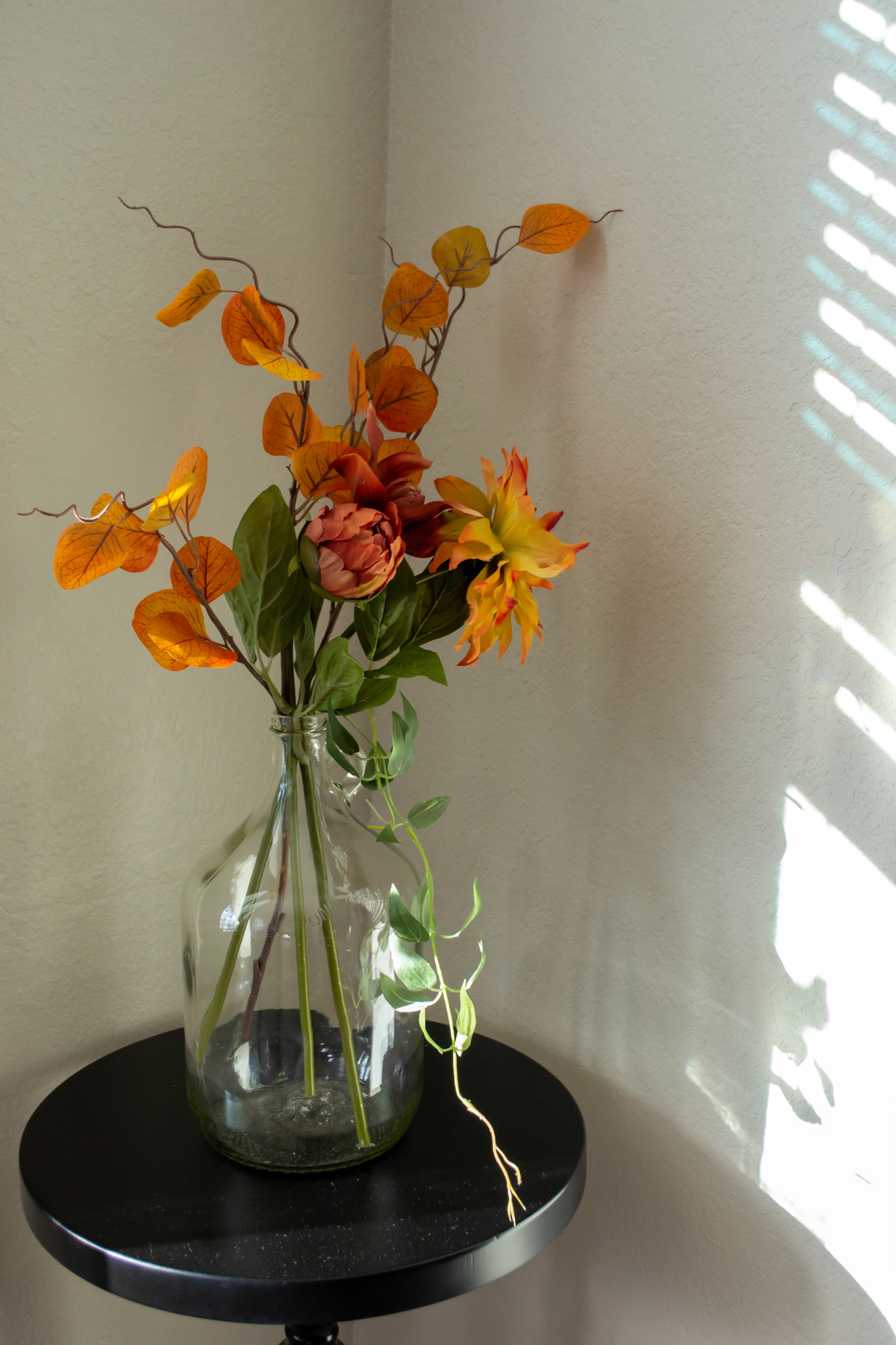
Autumn decor
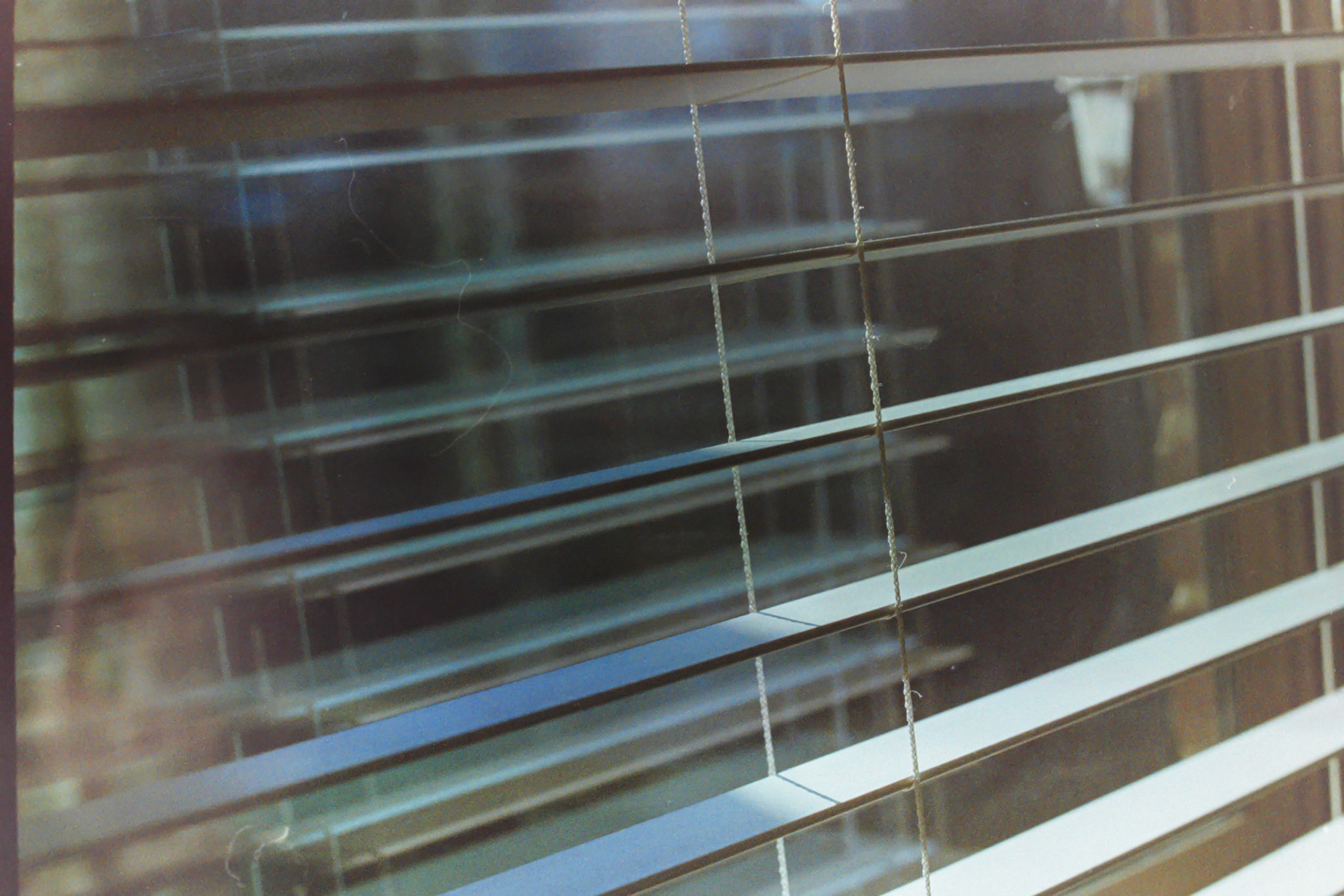

Morning sunlight through window blinds
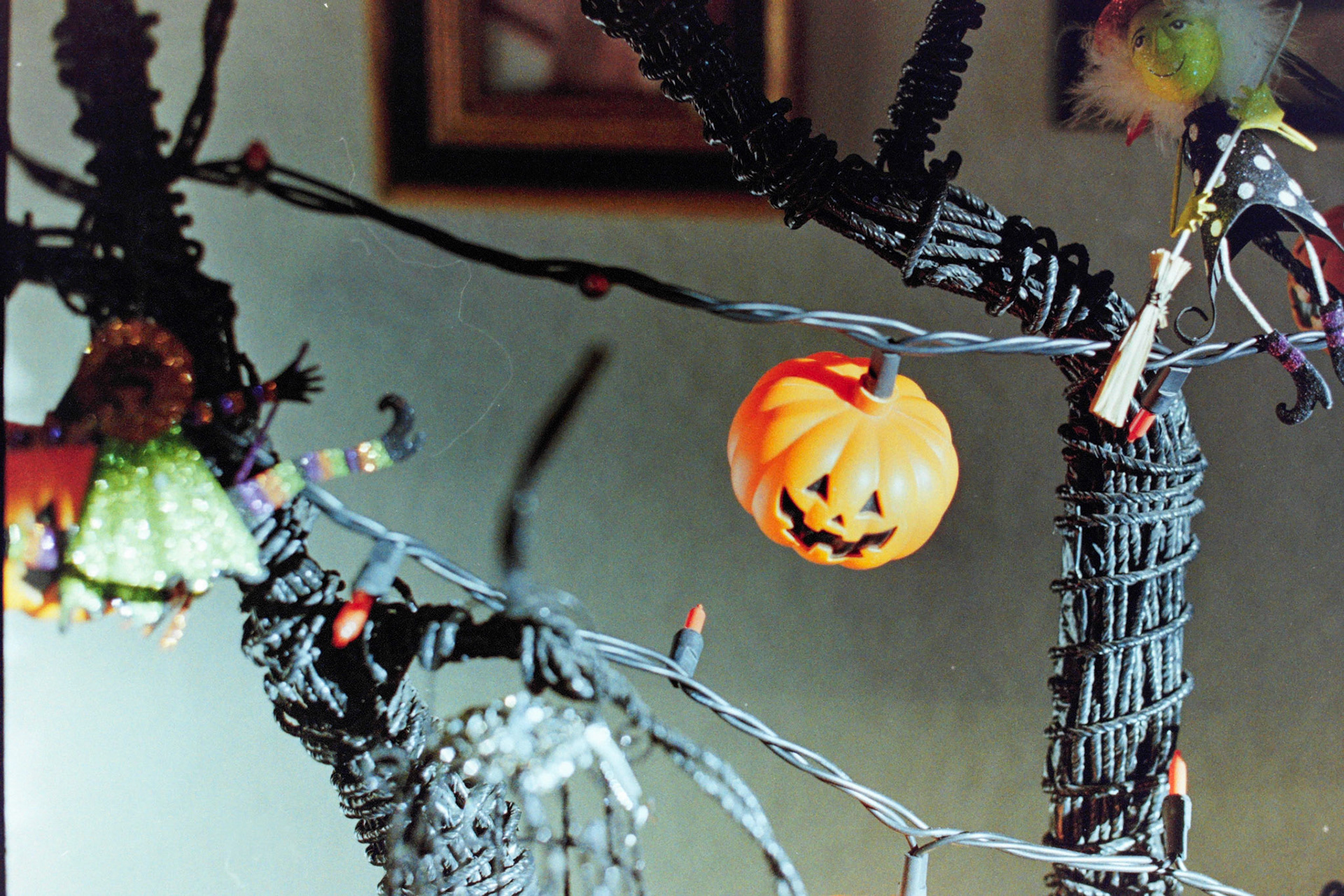
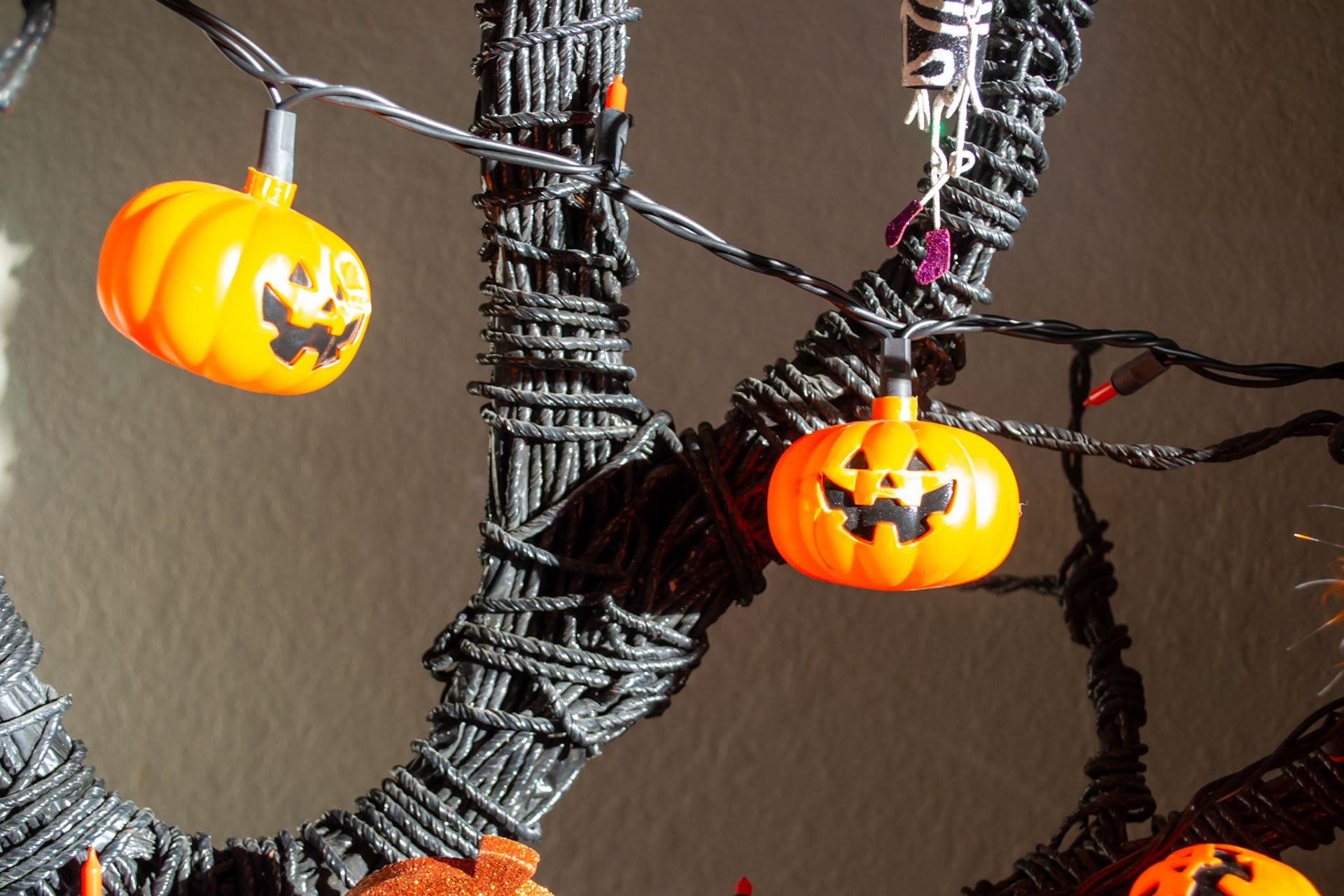
Halloween decor

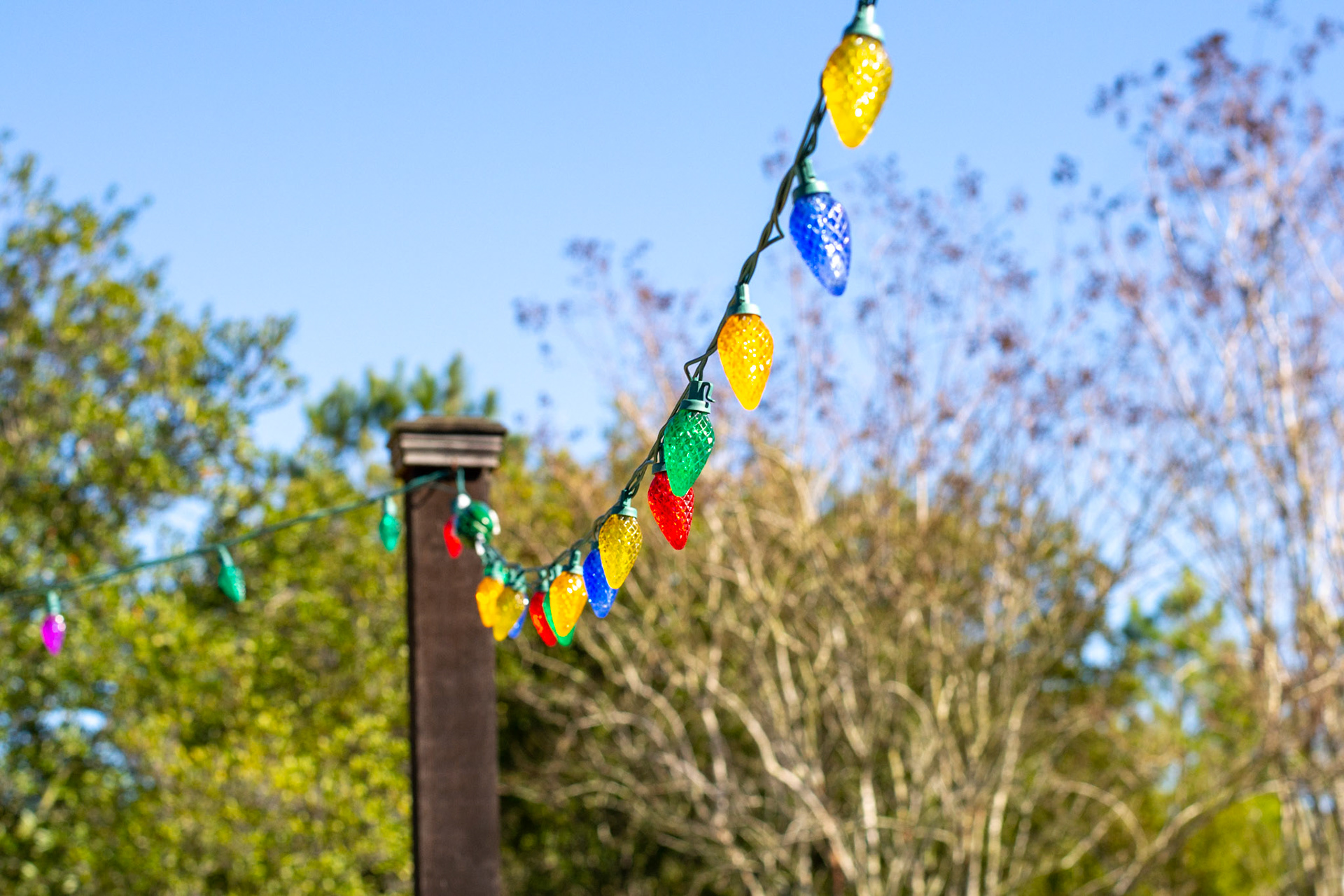
Christmas lights in backyard

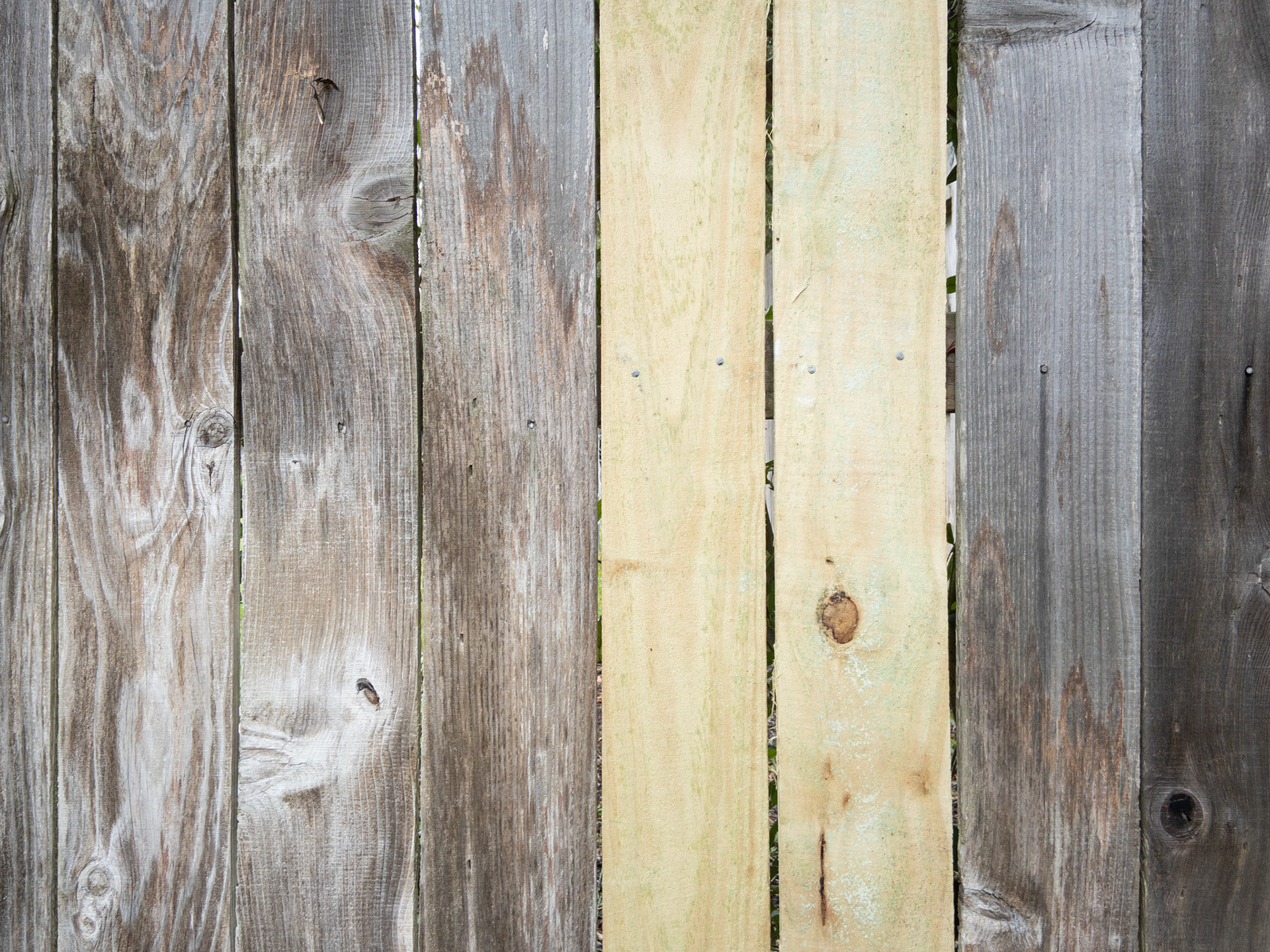
Wooden Fence


Christmas decor on backyard patio
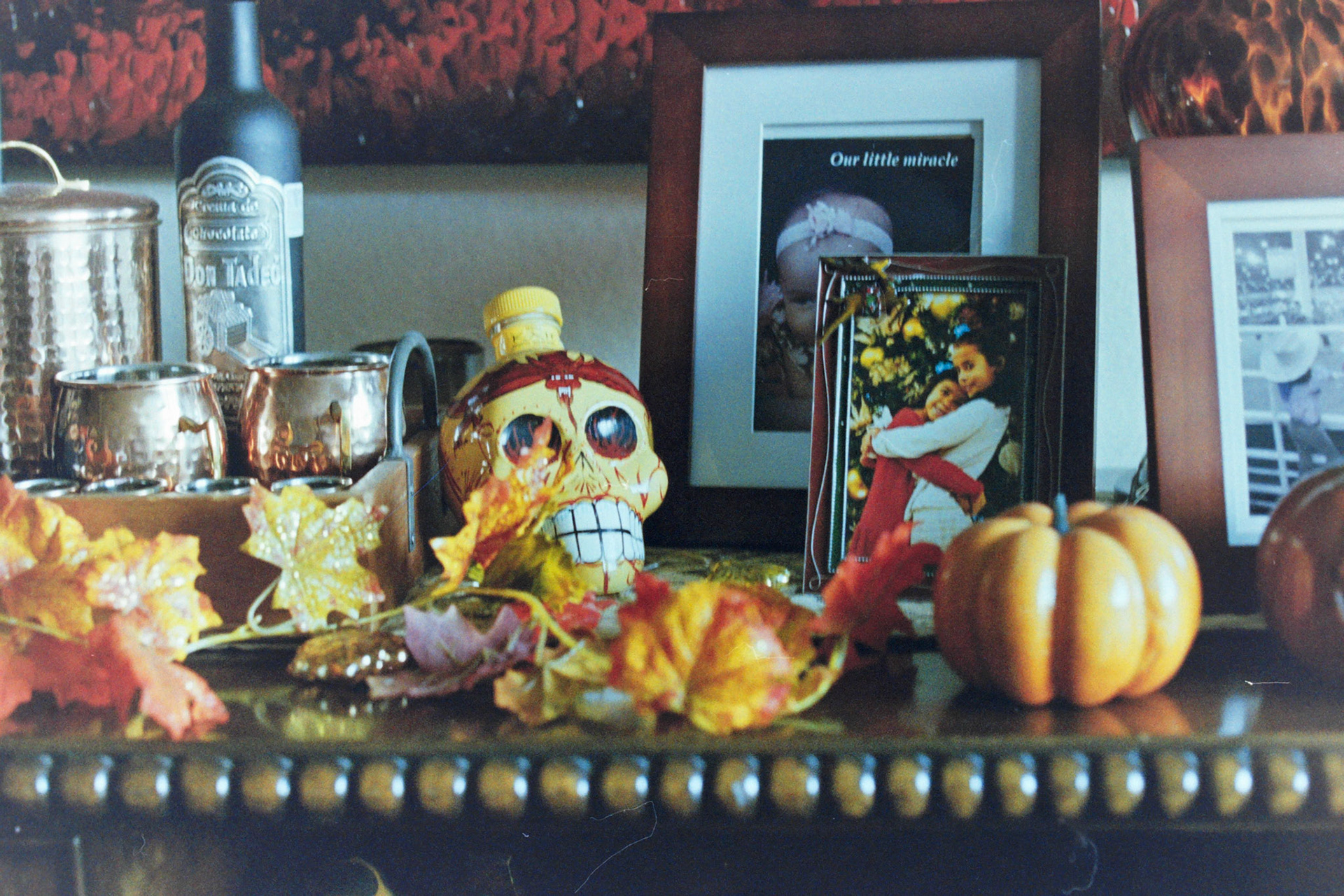

Photos and fall decor
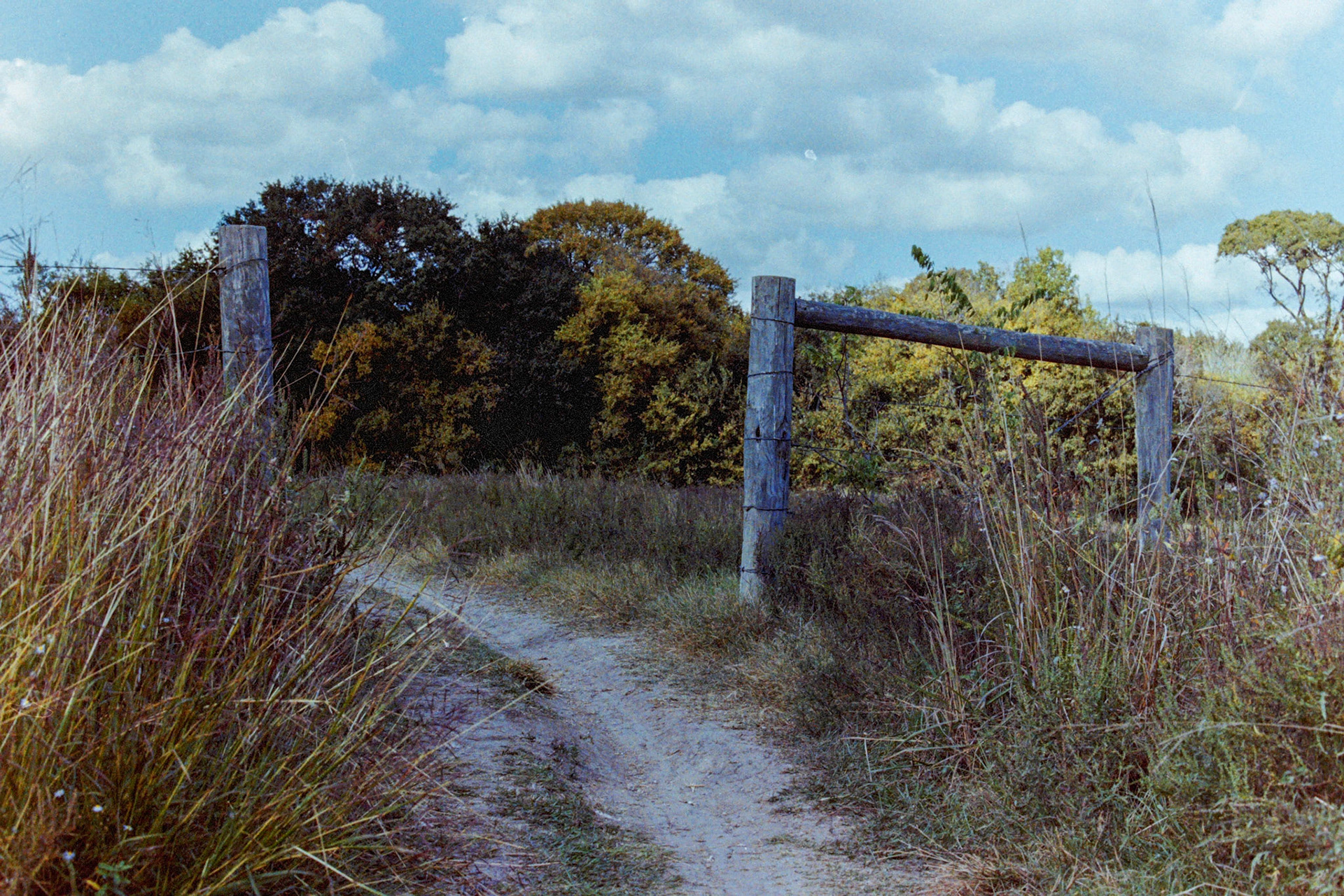
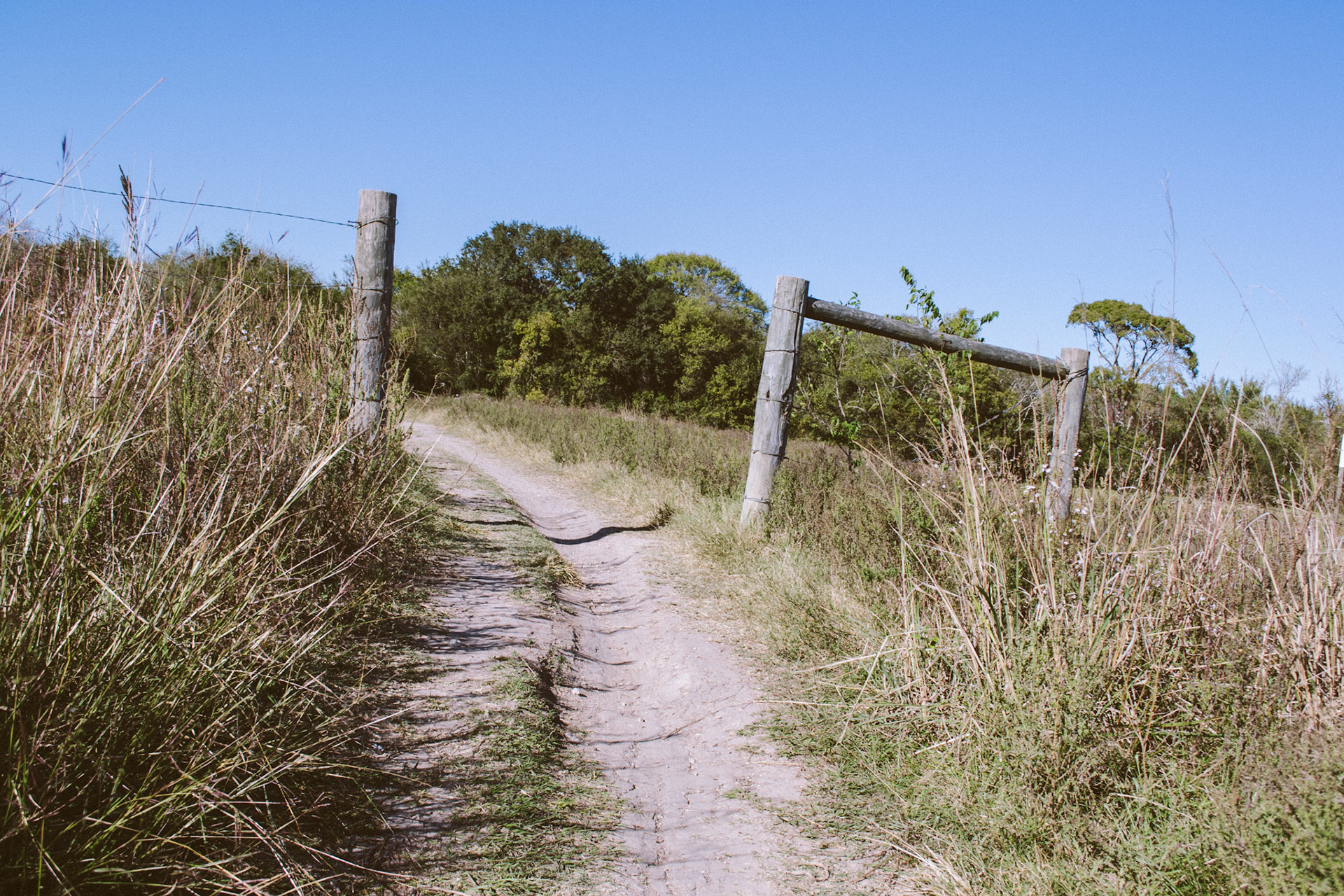
These were obviously taken at different times, but still are somewhat comparable.
I still have a roll of black and white film in the T70 that I am working on. Once that is done I will get it developed and posted here as well in another project. From what I have learned, the black and white will be easier to process than the color.
I was proud of the fact that I didn't screw up the film. It took some time to get a roll on a cartridge in the pitch black darkness of my bathroom. I wasn't sure about the temperature of the developer, the blix, and the stabilizer. But apparently, I got them right.
I don't have the space, or money, for equipment to develop the photos on photo paper, but I was able to purchase a simple film scanner and get them straight to digital. I didn't do too much as far as color or exposure adjustment and tried to leave them as close to the original as possible so I could compare. I was pleased with the results.
With film we were given only 1 shot to get a photo right. With only 24 or 36 exposures, we had to think twice before pressing that shutter button. All of this has given me a better appreciation for today's digital cameras. With DSLR's, we can take what appears to be an infinite number of photos with todays storage options. I know I have yet to fill up my 32 GB SD Card on any given trip. So I can take as many photos as I want of one subject and there is a good chance that at least one of them will come out the way I wanted. Plus, we can now view the photo we just took and determine if it is worth keeping or not. If it doesn't look good, you can delete it and try again. I can also see immediately which settings I used when taking the photo (ISO, shutter speed, aperture). Then, with today's computing power, and our imagination, we can create phenomenal images, with just the right color tones and shadows. I now understand some of the filters in Photoshop or Lightroom where they are trying to simulate the way film use to look. We truly have come a long way in the last couple of decades.

